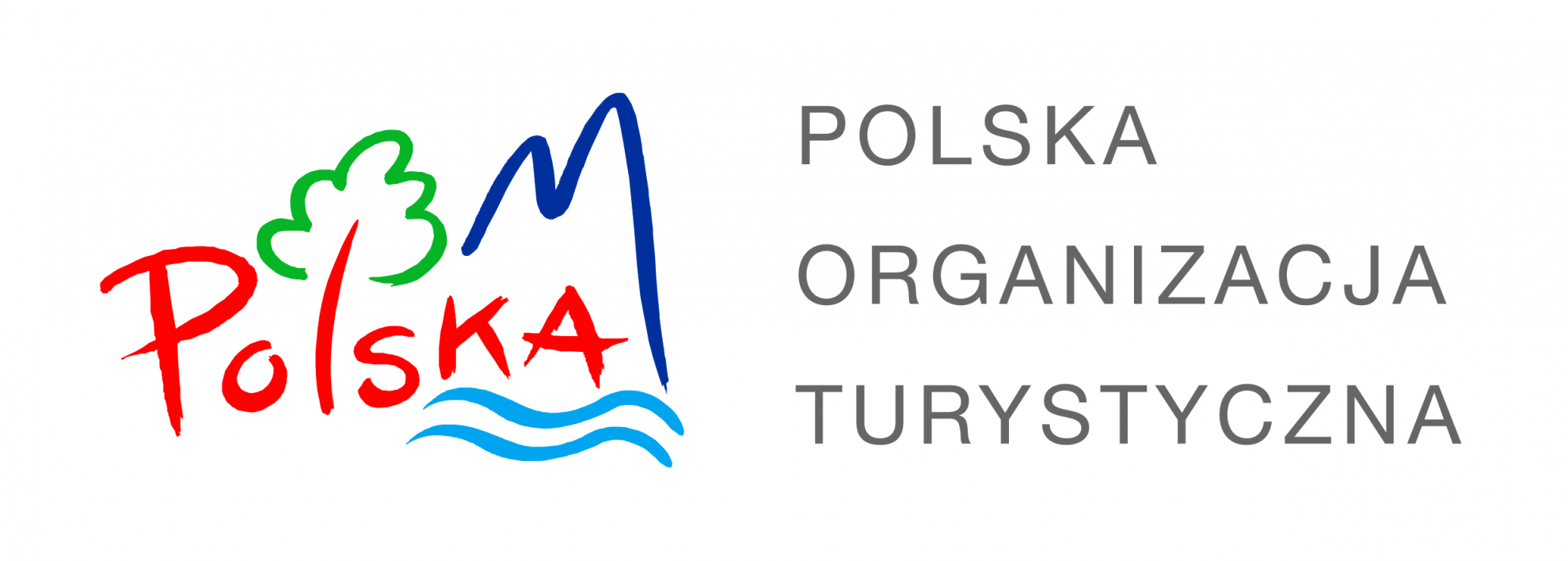Cities
Gigantic metropolises, historic towns and villages with a sentimental charm, that have had poems and songs written about them. Poland officially has a total of 887 towns. The largest is Warsaw, with a population in excess of 1.7 million, while the smallest Polish town has just 884 inhabitants.
The main cities are not only the capitals of their fast-developing regions, but also have their own unique character.
Bialystok is the largest city in north-eastern Poland and the capital of Podlaskie province. It lies on seven hills on the Bialystok Plateau and on the banks of the Biala River. This significant centre has historically attracted migrants from elsewhere in Poland and beyond, particularly from Central and Eastern Europe. This is made easier by the fact that the nearby border with Belarus is now also the eastern border of the European Union. www.bialystok.pl
The capital of the Warmian and Masurian Province is Olsztyn. The Lyna River and the Olsztyn Lake District along with the adjacent Napiwodzka and Ramucka Forests make Olsztyn a green and blue city. Olsztyn is a renowned cultural and academic centre and the city is heavily influenced by both Polish and German cultures which manifest themselves in its cuisine and the customs of its inhabitants. www.olsztyn.eu
The provincial capital of Pomerania is the port city of Gdansk. The more than one thousand year old city of Gdansk is a Polish candidate in the contest for the most amazing city in the world. Gdansk, together with Sopot and Gdynia, form the Tri-city, the countries fourth largest metropolitan area. Gdansk is also Poland’s principal seaport, lying on the Baltic Sea coast in northern Poland. www.gdansk.pl
Szczecin, the capital of Western Pomeranian Province, lies on the banks of the Odra River, which forms Poland’s western border with Germany. From its beginnings in the 8th century the settlement, and the subsequent city at this location, has had many masters in its history because of its strategic position and only became part of the Polish People’s Republic in 1945, at the end of World War II. www.szczecin.eu
Bydgoszcz and Torun are the twin capitals of the Kujavian and Pomeranian Province. It is one of two provinces which have two cities that share its administrative responsibilities. Bydgoszcz, which lies on the Brda River, a tributary of the Vistula River, is the seat of provincial governor, while Torun has the Marshal’s Office and the Council of the Kujavian and Pomeranian Province. www.bydgoszcz.pl The River Vistula divides Torun into two parts. Torun’s right bank is in Pomerania while the part of the city on the left bank is in Kujawy. www.torun.pl
Since the dawn of Poland, Poznan has been the capital of Greater Poland (Wielkopolska). The city lies at the confluence of the Warta and Cybina Rivers and is among the oldest cities in Poland. It is one of the most important centres of the early Polish State whose first rulers were buried in Poznan’s Cathedral. It has sometimes claimed to be the first capital of the Kingdom of Poland and the home of the secrets of Polish ancestors. www.poznan.pl
The cities of Gorzow Wielkopolski and Zielona Gora share power in Lubusz Province. The Provincial Offices and the Council Assembly is in Gorzow Wielkopolski while the Office of the Governor can be found in Zielona Gora. www.gorzow.pl , www.zielonagora.pl. In the summer the Council Offices are taken over by Bacchus, the God of Wine, because of the towns traditions in growing vines and producing wine.
Within the heart of historical Silesia, on the banks of the Odra River, is the city of Wroclaw. The capital of Lower Silesia is one of the oldest cities in Poland. Over the centuries, Wroclaw has been part of the Kingdom of Poland, Bohemia, the Austrian Empire, Prussia and Germany, but has only been part of Poland since 1945 as a result of border changes after World War II. www.wroclaw.pl
In its history, Katowice has been the capital of several provinces. In the years between 1922 and 1939 it was the capital of Silesia, between 1940 and 1945, the German provincial capital of Upper Silesia, in the years between 1945 and 1950, the capital of the Silesia and Dabrowski Province, between 1950 and 1953 and between 1956 and 1998, the capital of the Katowice Province, whilst in the break, the Stalinogrod Province. Since 1999 Katowice has been the capital of Silesia. www.katowice.eu
Opole is a city in southern Poland situated on the banks of the River Odra. It is the capital of the Opole Province and the administrative seat of Opole County. Today, many German Upper Silesians and Poles of German ancestry still live in the Opole Region. In the city itself, Germans make up less than 3% of the population. The name Opole is likely to originate from the medieval Slavic term for a group of settlements. www.opole.pl
The heart and the capital of the Lesser Poland (Malopolska) Province is Krakow. Krakow is second in terms of area and population and one of the oldest cities in Poland. Situated on the Vistula River, Krakow has traditionally been one of the leading centres of Polish academic, cultural and artistic life and to this day is one of Poland’s most important economic hubs. Krakow was the capital of Poland between 1038 and 1569. www.krakow.pl
The Subcarpathian Province borders the Lesser Poland Province to the east. Its capital, Rzeszow is a member of the Union of Polish Metropolises and the Association of Euro-cities. It lies on the River Wislok in the heartland of the Sandomierski Valley. Rzeszow is served by an international airport and is home to a number of higher education schools, company headquarters and foreign consulates. www.rzeszow.pl
Lublin Province is on the eastern border of Poland with the Ukraine and Belarus. The valley of the Bystrica River divides the provincial capital of Lublin into two different, but equally beautiful parts. Lublin was the site of the signing of the Lublin Union of 1569 and the temporary seat of Polish Presidency in 1939. Lublin was a nominated for the title of the European Capital of Culture for 2016 and is situated about 170km from the Poland’s capital, Warsaw. www.lublin.pl
In and around Kielce, the capital of the Swietokrzyskie Province, there are five nature reserves. Kielce is a thriving cultural and economic centre, on the banks of the Silnica River, in the midst of the Swietokrzyskie Mountains. It was once an important centre of limestone mining. www.kielce.pl
Lodz lies, on the River Ner, in the centre of Poland. It is the third largest city in Poland and the capital of Lodz Province. The city’s coat of arms is an example of canting as it depicts a boat, which alludes to its name which translates literally to “Boat”. Lodz became famous as a major textile production centre. www.lodz.pl
Warsaw is a capital twice over, the capital of the Mazovian Province as well as the capital of the whole of Poland. It lies on the banks of the River Vistula and is also the largest city in Poland in terms of area and population. Warsaw is a European-style capital and a major tourist destination as well as a city that has been decorated with the Silver Cross of the Military Order “Virtuti Militari” (for Military Valour). www.warszawa.pl





